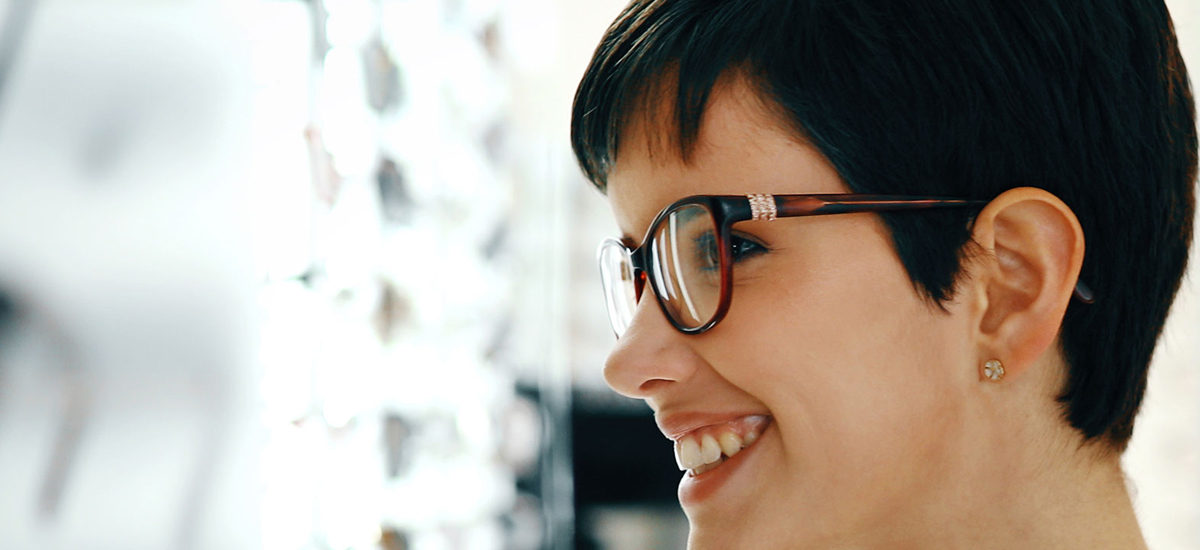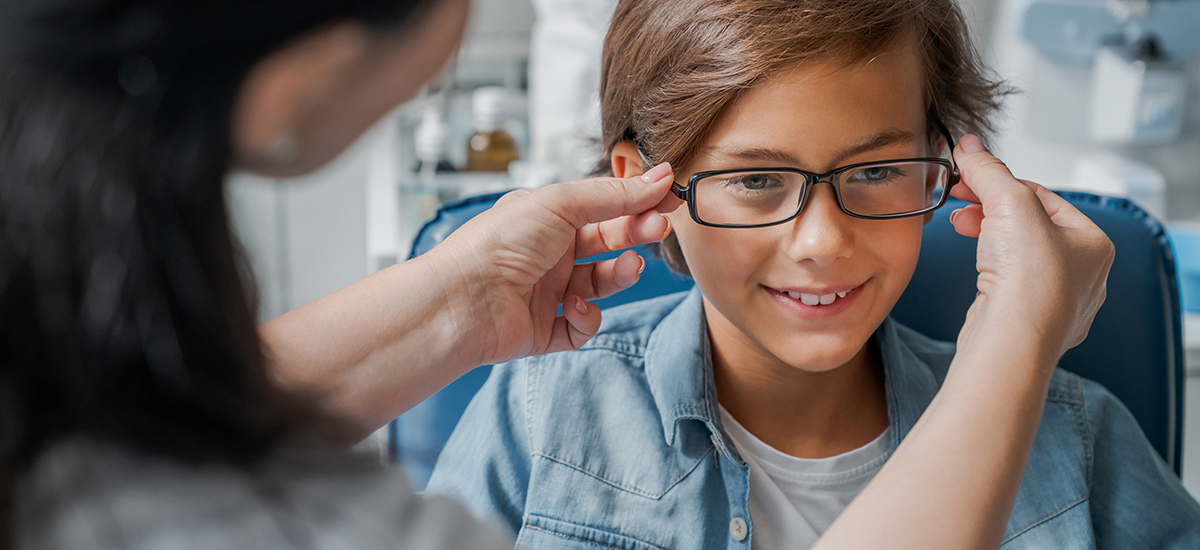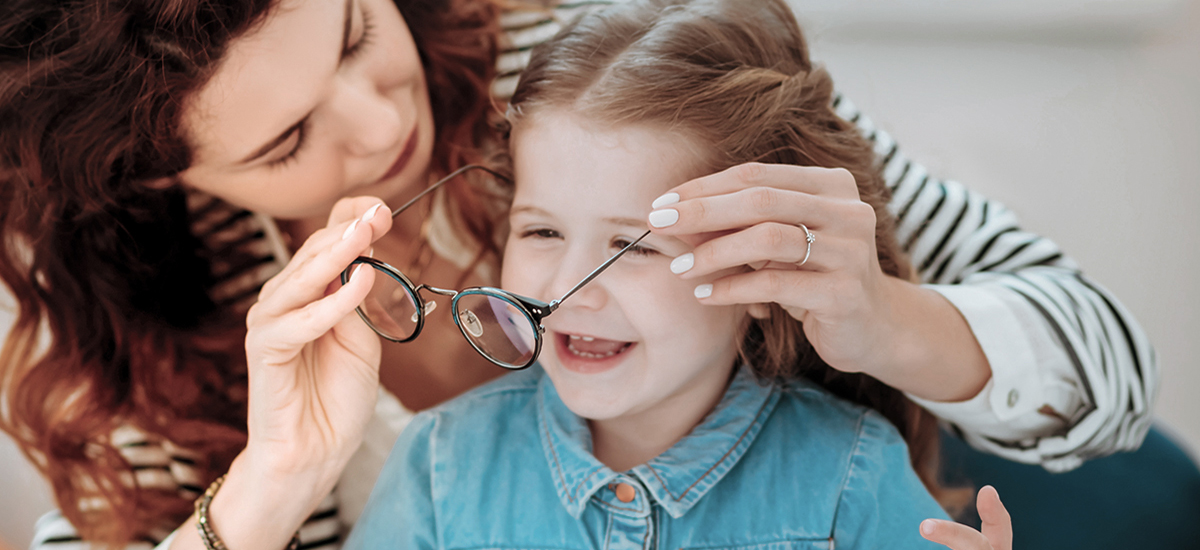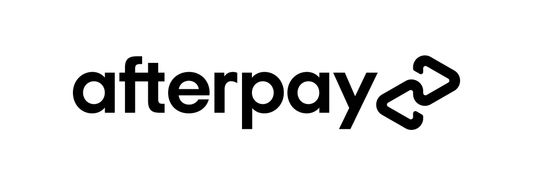What Does 20/30 Vision Mean?

The chances are you’ve heard about 20/20 vision. It’s what most people hope for when going in for an eye exam, thinking that if you have 20/20 vision, you have no eye problems and have no need for glasses.
Contrary to popular belief, though, 20/20 vision doesn’t necessarily mean your eyesight is perfect. Technically, it’s the average person’s vision. We use this to see how your vision compares to an average person who uses the same eye chart at a distance of 20 feet.
If you have 20/20 vision, you may have phenomenal central vision, but you can still have problems with side vision, eye coordination, and recognizing the distance between objects. That all affects your visual acuity or means to see.
So, what happens if your eye exam reveals you have 20/30 vision? What does 20/30 vision mean, and will you need glasses?
In this blog, we’ll discuss everything you need to know.
What does 20/30 vision mean?
At your eye exam, your eye doctor will ask you to identify letters to assess how well you see.
What does 20/30 vision mean? It indicates that you see things from 20 feet away that the majority of people can view at a distance of 30 feet. This means your eyesight is below par, and you might need vision correction.
According to the American Optometric Association (AOA), 20/30 vision can indicate low vision in some cases. If, when you put on your prescription glasses, your visual acuity is between 20/30 to 20/60, you might have some eyesight deterioration.
Is 20/30 vision good?
20/30 vision is not necessarily bad. As we mentioned above, it simply means that you can’t see as clearly as the average person, but it’s nothing major and doesn’t always require prescription eyewear.
A situation when you might want glasses for 20/30 vision is if your work mandates 20/20–or almost 20/20–vision. This is usually the case for pilots and people who drive across the country for a living.
When do you need glasses for 20/30 vision?
Whether you need glasses for 20/30 vision depends on several factors, such as your vision loss symptoms and refractive errors (e.g., astigmatism, hyperopia, myopia, and presbyopia). Refractive errors can influence your prescription since they can keep your eyes from concentrating light on the right place on the retina.
If you feel like your eyesight is affecting your daily life, it’d be worth it to consider corrective eyewear. In contrast, if your vision isn’t bothering you, then glasses may not be necessary. The best thing to do is to ask your optometrist for their professional opinion.
Undecided about whether prescription lenses are right for you? Ask yourself these questions:
- Am I getting more headaches than normal?
- Do I ever have blurry vision?
- Is it difficult to see at specific distances?
These questions can help you uncover the effects of your refractive errors on your prescription and determine if glasses are worth it.
What is perfect eyesight?
This depends on how you look at it. Most people think that 20/20 vision is the best vision you can get, but that is not actually the case. In fact, you can get 20/15 or even 20/10 vision if you can interpret the tiny letters on the eye chart correctly when placed 20 feet away from you.
Some people think that perfect eyesight means that you don’t need to wear glasses, and if you fall into that category, that’s great! However, glasses are nothing to be ashamed of, and they can quickly correct your vision to 20/20 if you’re facing some type of vision problem. (If you don’t want your friends to see your corrective eyewear, you can also opt for contact lenses. For Eyes offers many types of contact lenses that are easy to use and affordable!)
The way to get the best vision is to keep up with your regular eye exams. Your optometrist will utilize a series of eye tests to check your visual acuity and ensure there’s nothing bad happening with your eyes. They’ll also be able to monitor your eyes through the years to keep tabs on any vision changes.
Summary: What does 20/30 vision look like?
Most people strive for average vision (also called 20/20 vision). So, what does 20/30 vision mean? It’s not far from average, but it’s still lower. It suggests that others see at 30 feet what you see at 20 feet.
Do you need glasses for 20/30 vision? This depends on your eyes and prescription. If your vision is affecting your daily routine, glasses are an excellent option. Corrective eyewear can also benefit you if you have a refractive error, such as astigmatism, by clearing up your vision at various distances.
However, the ultimate say on whether you should get glasses is up to you and your optometrist. Ask questions during your eye exam to find out whether prescription lenses are right for your 20/30 vision prescription.
This blog was originally published on April 20, 2020, and expanded in August 2022.
Book your eye exam at For Eyes
Have you had your annual comprehensive eye exam? Schedule an appointment with an
Independent Doctor of Optometry at your local For Eyes today.












